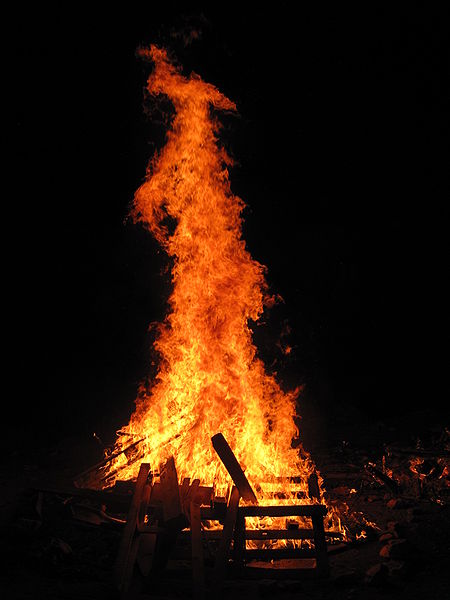
Editor Daveed Fakheri

ל'ג לעומר Lag La Omer لگ لا عومر
The 33rd day of the Counting of the Omer is Lag BaOmer. The origins of the Omer count are found in the Torah itself, in Leviticus 23:15-16, which states that it is a mitzvah to count seven complete weeks from the day after Passover night ending with the festival ofShavuot on the fiftieth day. The 49 days of the Omer correspond both to the time between physical emancipation from Egypt and the spiritual liberation of the giving of the Torah at the foot of Mount Sinai on Shavuot, as well as the time between the barley harvest and the wheat harvest in ancient Israel. There are a number of explanations for why the 33rd day is treated as a special holiday.
The Talmud[3] states that during the time of Rabbi Akiva 24,000 of his students died from a divine-sent plague during the counting of the Omer. The Talmud then goes on to say that this was because they did not show proper respect to one another, befitting their level; they begrudged each other the spiritual levels attained by their comrades. Jews celebrate Lag BaOmer, the 33rd day of the count, as the traditional day that this plague ended. This is the view recorded in the legal code of the Kitzur Shulchan Aruch, 120:1-10. Another possible interpretation of this legend is that the students died as part of the Roman attempt to wipe out Judaism after the Bar Kokhba revolt

Rabbi Shimon bar Yochai, (Aramaic: רבן שמעון בר יוחאי) Shimon son of Yohai, Simon son of Yohai or Rashbi (Hebrew: רשב"י, pronounced "Rash-bee", an acronym from Rabbi Shimeonbar Yochai.), was a famous rabbi who lived in the era of the Tannaim (scholars of the Mishnah) in the area of what is today Israel during theRoman period, after the destruction of theSecond Temple in 70 CE. He was one of the most eminent disciples of Rabbi Akiva, and is attributed by many with the authorship of theZohar ("The Brightness"), the chief work of modern-day Jewish mysticism. In addition, the important legal homilies called Sifre and Mekhiltaare attributed to him. In the Mishnah, he is often referred to as simply "Rabbi Shimon."

No comments:
Post a Comment